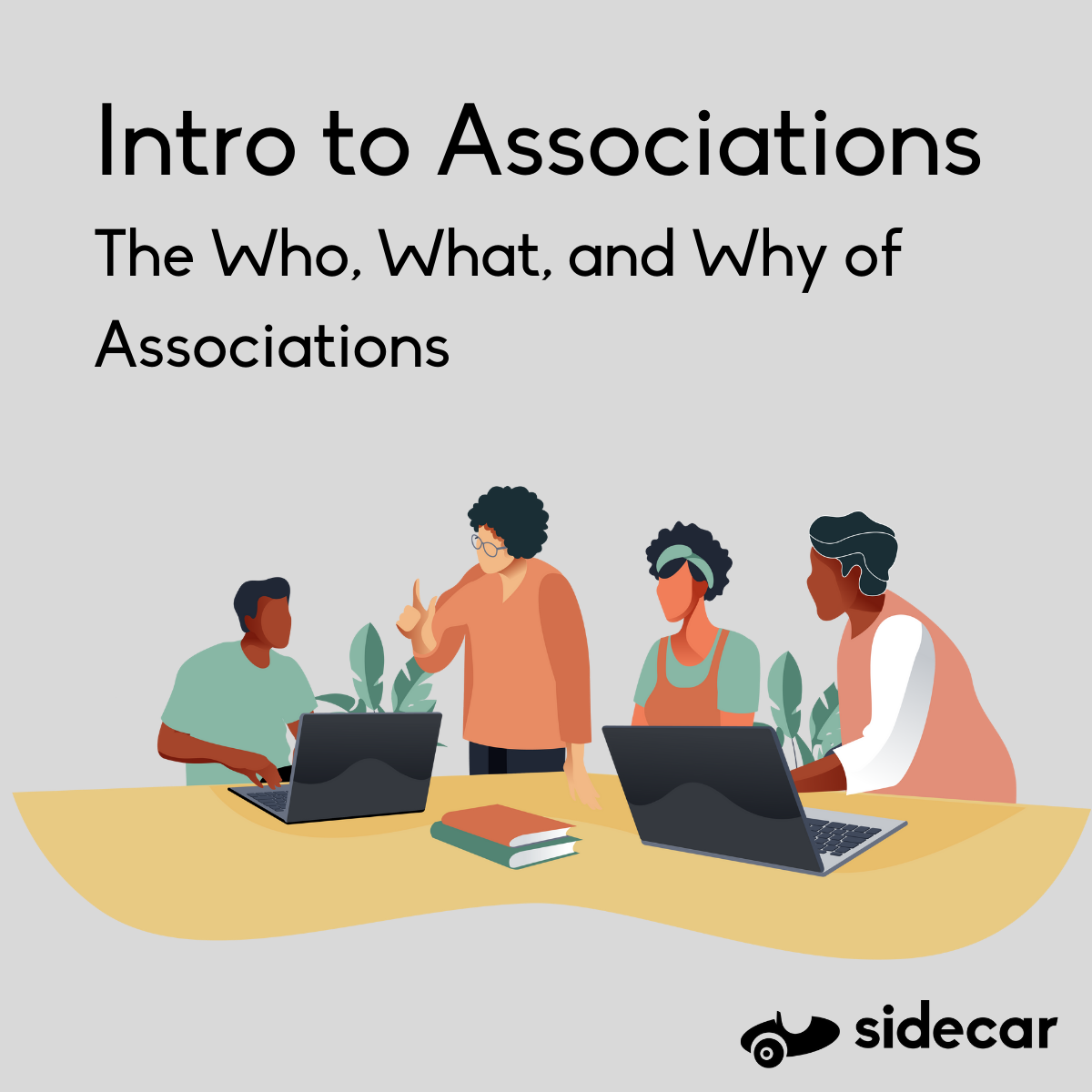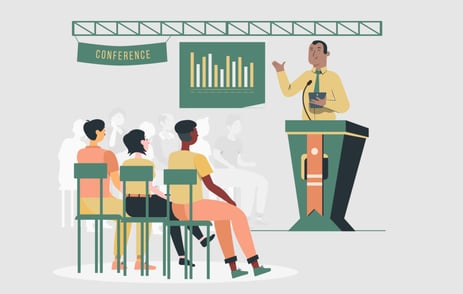Organizational structures vary depending on the association. While there are some organizations with hundreds of employees representing huge industries, others are almost entirely volunteer-led and represent a regional or highly specialized profession.
What’s important to remember is that the size of the staff is not as important as the structure and efficiency with which the organization achieves its goals.
As you enter the association space, you might be wondering why they are structured a certain way or how you fit in. In this, our third association newcomer post, we’ll dive into those roles and explain the importance of organizational structures.

Intro to Associations
Organizational structures vary depending on the association. While there are some organizations with hundreds of employees representing huge industries, others are almost entirely volunteer-led and represent a regional or highly...
Download Now
What dictates organizational structures?
Generally speaking, organizations are categorized as small, medium or large, depending on their revenue, the number of paid employees, the type of association, and their scope.
- Small associations, which are the bulk of the market, generally have less than ten paid employees and annual budgets less than a million dollars. They often have a smaller regional focus and operate like a startup in the sense that staffers take on multiple roles and responsibilities.
- Medium-sized associations are anywhere from 10 to 50 employees (and sometimes more) and have a more structured or hierarchical distribution of roles. For example, a dedicated staffer is working on events, but that staffer likely won't crossover into other departments the way that’s done in smaller organizations.
- Large associations have massive teams and volunteers that surpass the 75 staffer mark. These organizations often focus on larger regional markets or industries with tons of professionals.
The larger the organization, the more complex the structure behind it. These roles and departments are often where many first-time association staffers may have questions.
Key roles in an association
One of the first things you’ll likely see when entering an association is an organizational chart. This will give you an idea as to who does what and the different departments and focus areas for your organization.
However, if there isn’t one, there is still a simple way to understand the distribution of work – follow the money and the mission – meaning follow the most significant sources of revenue for your association and their core value and mission, and you’ll likely find a concentration of roles.
Some common focus areas for associations include but are not limited to:
- Content – Whether your association has a publication or you focus on educational content, there’s likely a team solely responsible for creating all this content.
- Events – Events and associations go hand in hand, so your organization will likely have a team responsible for handling any events, whether that be large-scale conferences or virtual webinars.
- Advocacy – For organizations that impact public policy, there is likely a department that works to advocate at different levels of government, both on the local and national levels.
Another interesting point to remember is that staffers are not necessarily experts in the industry the organization represents. For example, you don’t need to be a doctor and a marketer to take on a marketing role in a medical association.
Instead, staffers are often brought on to handle specific expertise and will often have industry experts and board members who do have that expertise to help guide and fill in the blanks as needed.
Inside the C-Suite
While most organizations have a CEO or executive director, as the size and complexity of the association grows, so does the C-Suite and leadership team. Some examples of roles that can be found in larger associations include:
- Chief Operating Officer (COO)
- Chief Financial Officer (CFO)
- Chief Information Officer (CIO)
- Chief Information Security Officer (CISO)
- Chief Sustainability Officer (CSO)
- Chief Technology Officer (CTO)
The impact of volunteers
The last and often most crucial role in an association is that of the volunteer. While they are not paid, they compliment the organization's staff and can help with things like event support, fundraising and community outreach.
More importantly, however, they also often serve on the board of directors, or hope to one day.
Not only does that mean they impact the overall direction and initiatives of your organization, but they’re also an integral part of hiring and are responsible for interviewing board of director candidates.
Volunteering is also a career path within the non-profit or association industry. It’s a way for professionals to get involved and can easily lead successful volunteers down a path to a paid role as a staffer down the line.
Understanding your role in the organizational structure
So, what does all this mean for your role and standing within an organization? For starters, organizational structure helps streamline governance and day-to-day operation while also establishing leadership and accountability among staff.
These departments and teams also allow associations to improve their revenue drivers – whether that be creating educational programs or hosting and planning events – putting staffers in place that are experts is the best way to drive results.
Finally, it gives your association order, so when new staffers start and are curious who to speak to for help or what their career trajectory may look like, all they need to do is look at an org chart to find out.

March 8, 2022


